Kinhtedothi - In order for public transportation to truly develop, the 2024 Capital City Law stipulates in Article 31 "Urban development oriented towards public transportation".
Prioritize the development of urban rail systems.
In the 2024 Capital City Law, transport-oriented urban development (TOD model) is stipulated in Article 31.
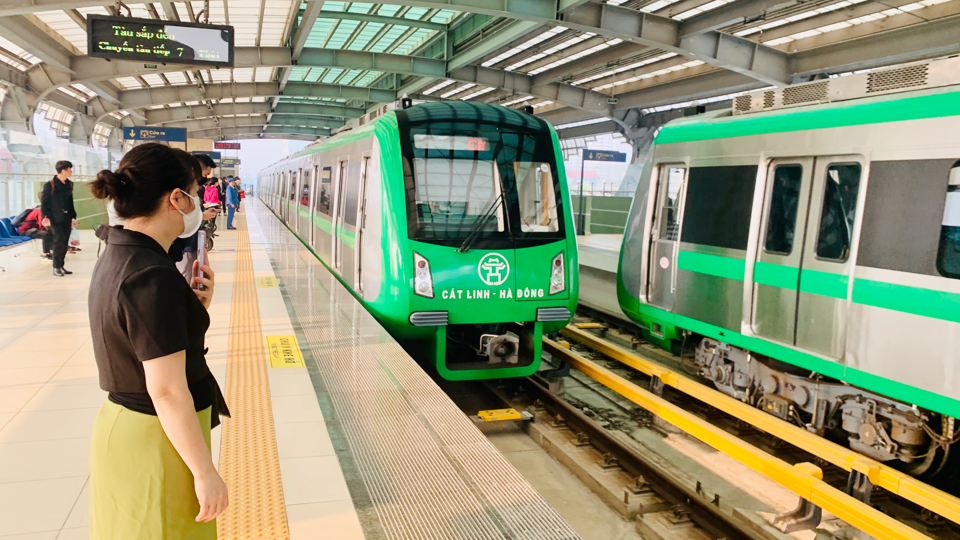
Resolution No. 15-NQ/TW sets out the direction: "Unlock, mobilize, and effectively utilize resources from land and natural resources associated with the development of infrastructure systems and socio-economic development planning, developing Hanoi into a smart and modern city, gradually creating and perfecting the TOD model."
The 2024 Capital City Law stipulates: “The TOD model is a solution for urban planning, renovation, upgrading, and development, using urban rail transport connection points or other high-capacity public transport connection points as focal points for residential areas, commercial services, and offices within walking distance of public transport to improve land use efficiency, public works, public health, reduce private motorized vehicles, reduce environmental pollution emissions, and combine this with the preservation and promotion of cultural values.”
TOD areas are areas encompassing urban railway stations, depots, passenger pick-up and drop-off points for other types of high-volume public passenger transport, and surrounding areas as defined in relevant zoning plans or detailed plans for the construction of transport lines, urban railways combined with urban renovation and upgrading, and urban development investment (Clause 1, Article 31).
The implementation of TOD projects aims at land-use planning and land reclamation to effectively mobilize the value of land plots in the vicinity of urban railway stations, creating additional resources for investment in urban railway development and ensuring synergy in urban and transportation development.
The TOD (Transit-Oriented Development) area will create mixed-use urban zones including residential, commercial, and office spaces.
This model has been successfully and effectively implemented by many developed countries and some countries in the region such as Singapore, China, and Hong Kong (China).
The law stipulates a number of specific mechanisms and policies that allow the city to implement in the areas of planning, investment, and finance related to the development of the TOD model: Specific regulations in the preparation, decision-making, and management of urban railway system planning, planning of transport routes using other high-capacity public passenger transport methods, and TOD areas (Clause 2, Article 31):
The People's Committee of Ho Chi Minh City is authorized to adjust the land use functions for land plots within the TOD area in order to exploit land resources and the added value from the land (point a, clause 2, Article 31).
The People's Committee of Ho Chi Minh City decides to apply planning and architectural standards, technical infrastructure, social infrastructure, spatial requirements, and land use requirements that differ from those stipulated in the national technical standards on construction planning (point b, clause 2, Article 31).
The People's Committee of Ho Chi Minh City decides to approve the urban railway route plan or specify the details of the TOD area in areas where a zoning plan or equivalent has been approved and which has the value of replacing the content of the local adjustment of the relevant area's planning without the need to go through the procedure of local adjustment of the planning (point c, clause 2, Article 31).
Regarding the regulation prioritizing the application of the TOD model in urban railway development investment with specific measures (Clause 3, Article 31): The City People's Council decides on the investment policy for urban railway projects using the TOD model according to investment phases in each stage; and decides on separating the compensation, support, and resettlement content into an independent project (Point a, Clause 3, Article 31).
The People's Committee of Ho Chi Minh City decides on the investment in urban railway projects according to the TOD model, decides on the investment or approves the investment policy for component projects whose investment policies have been decided by the People's Council, and decides on the investment in land acquisition, compensation, support, and resettlement projects (point b, clause 3, Article 31). The People's Committee of Ho Chi Minh City decides on the selection and application of regulations and standards for the city's urban railway lines (point d, clause 3, Article 31).
Specific regulations on the collection and use of revenue in TOD areas (Clause 4, Article 31). Accordingly, the city is allowed to collect certain fees from increased floor area; from exploiting the added value of land in TOD areas, and infrastructure improvement fees, and to use 100% of these fees to develop urban rail systems, public transport systems, and technical infrastructure connecting to the public passenger transport system. The law assigns the City People's Council to regulate the method of determining the fee levels; the authority, procedures, and processes for collecting fees in TOD areas, ensuring that there is no duplication with other taxes and fees (Clause 5, Article 31).
With the regulations in Article 31, the 2024 Capital City Law sets out the basic principles for developing the TOD model and implementing the construction of transportation routes using high-capacity public passenger transport, with the immediate priority being the urban railway system in Hanoi. This facilitates, shortens the time, and simplifies procedures for determining relevant plans and deciding on investment policies, effectively exploiting the urban railway system and TOD areas, ensuring the goal of completing the urban railway network in the city by 2035 as stated in Conclusion No. 49-KL/TW dated February 28, 2023, of the Politburo on the orientation for the development of Vietnam's railway transport to 2030, with a vision to 2045.
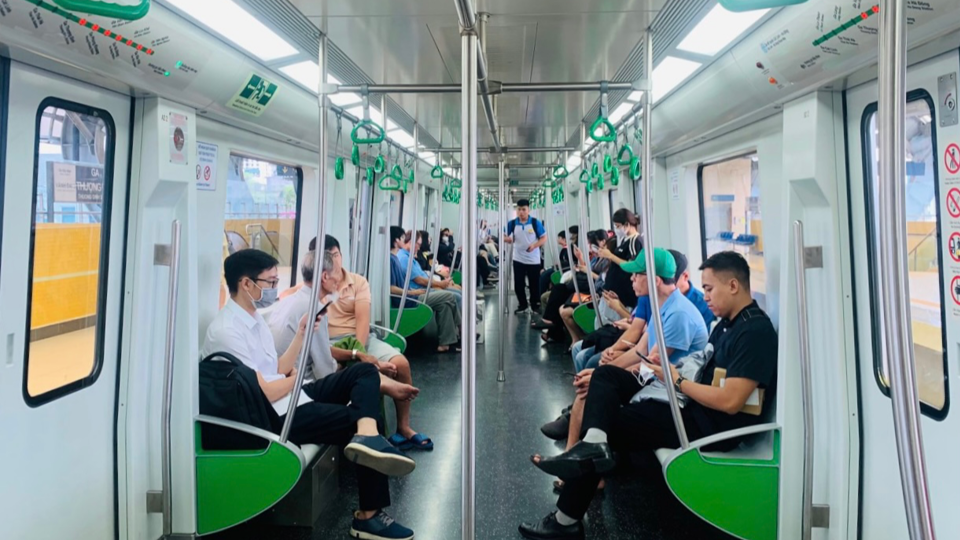
Creating advantages for Hanoi to develop and rise to a new level and position.
According to Le Trung Hieu, Deputy Director of the Hanoi Department of Planning and Investment, the 2024 Capital City Law is a great opportunity, creating advantages for Hanoi to develop and rise to a new level and position not only in the country but also in the region and the world.
Among the key policy groups in the 2024 Capital City Law, the most noteworthy are those focusing on mobilizing and effectively utilizing financial and budgetary resources for the development of the Capital City; allowing the implementation of forms other than those currently stipulated (PPP, BT, TOD); managing public assets and controlled pilot models; strongly decentralizing investment decision-making power to the city; and regulations to attract strategic investors and incentives to attract them.
According to statistics, Hanoi currently has approximately 6.4 million motorized road vehicles (including about 5.6 million motorbikes and 685,000 cars of all types), not including 1.2 million vehicles from other provinces and cities participating in traffic in the capital. The unbalanced development between transportation and infrastructure leads to overload and traffic congestion during peak hours. The consequence is high levels of emissions and environmental pollution in the capital. Therefore, the 2024 Law on the Capital City has new regulations on TOD (Transit-Oriented Development).
The TOD (Transit-Oriented Development) model is a comprehensive urban development solution that forms the basis for urban planning, reconstruction, and development. It uses urban rail hubs as focal points for residential areas, commercial services, and offices, all within walking distance of public transport, aiming to improve land use efficiency, public facilities, and public health, reduce the use of private motorized vehicles, decrease environmental pollution emissions, and combine this with the preservation and promotion of cultural values.
"The 2024 Capital City Law also stipulates the mobilization of resources for the development of urban railways under the TOD (Transit-Oriented Development) model. With this regulation, Hanoi can collect a significant amount of money from auctioning land use rights, underground and elevated infrastructure use rights in TOD areas to reinvest in the development of urban railways and the city's public transport system..." - Deputy Director of the Hanoi Department of Planning and Investment, Le Trung Hieu, informed.
Meanwhile, Dr. Le Duy Binh – an economic expert and CEO of Economica Vietnam – stated that the TOD mechanism brings significant benefits to the people, businesses, the State, and the overall development of the capital city. TOD will create a mechanism for Hanoi to quickly connect with new growth spaces and unleash the potential of other key projects currently underway. Notably, TOD is not only a mechanism to promote endogenous resources for infrastructure development but also a superior mechanism in harmonizing the interests of all parties when exploiting the added value from land.
"The TOD mechanism as stipulated in the 2024 Capital City Law will create a basis for accelerating the completion of the capital's urban railway network, contributing to realizing the vision of building Hanoi into a smart, modern, green, clean, and beautiful city as set out in Resolution 15-NQ/TW of the Politburo," emphasized Dr. Le Duy Binh.
Source: https://kinhtedothi.vn/phat-develop-urban-development-according-to-public-transportation-orientation-in-the-capital-law-2024.html








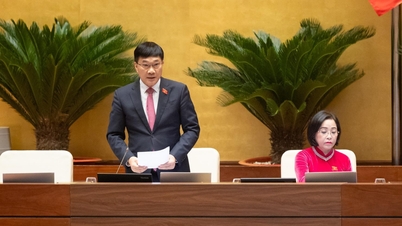

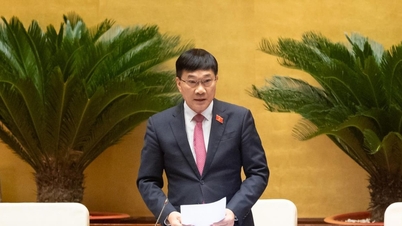


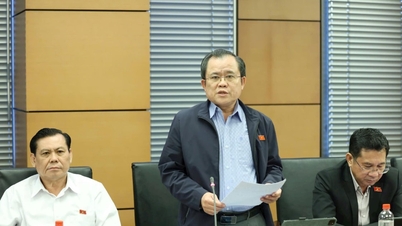
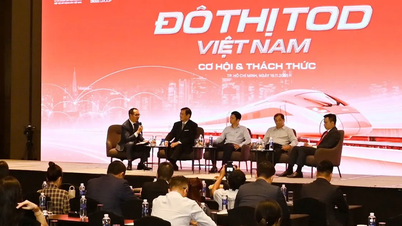
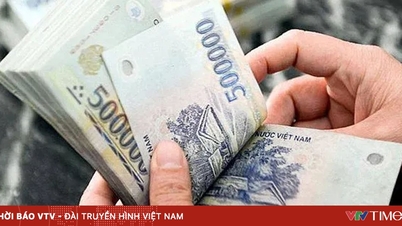

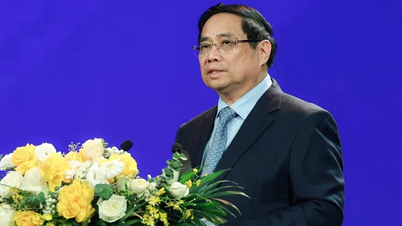



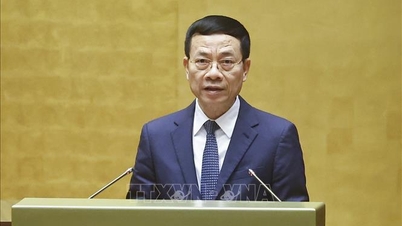

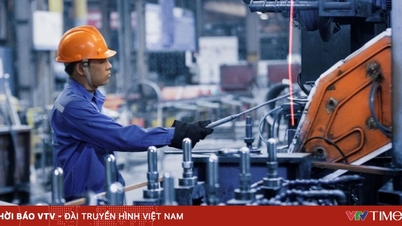

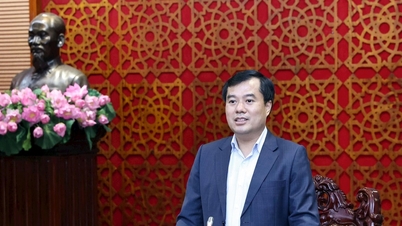
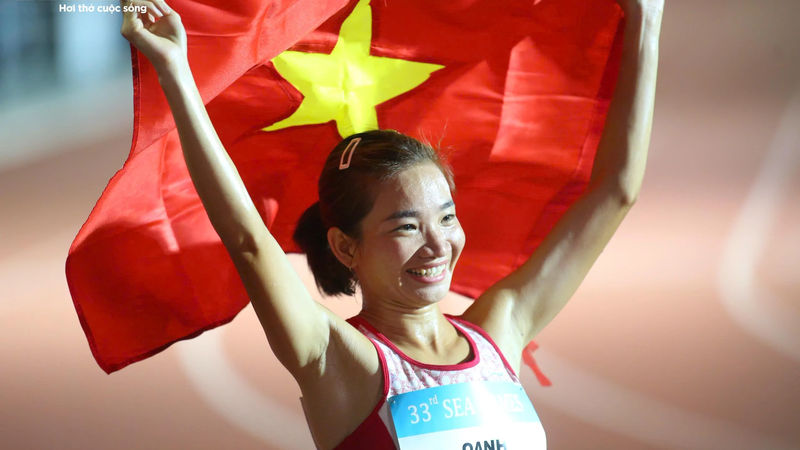




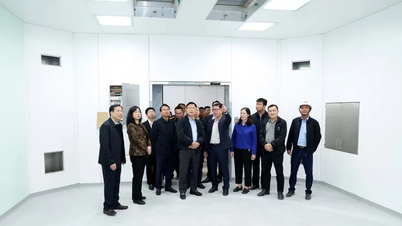

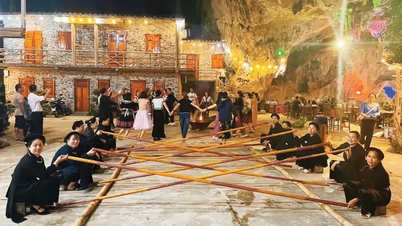

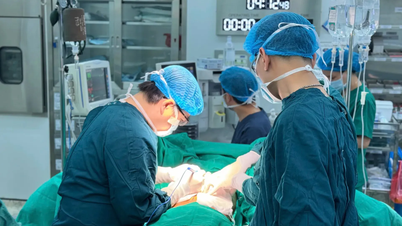

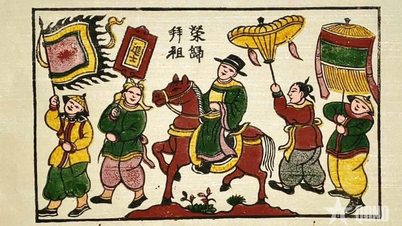



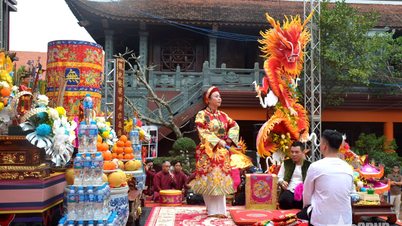







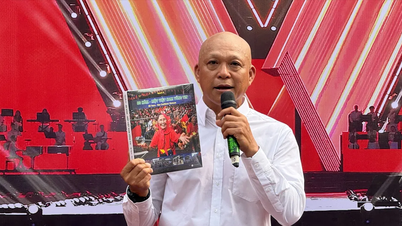
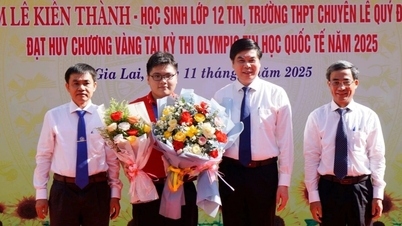


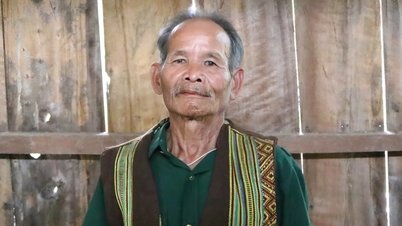

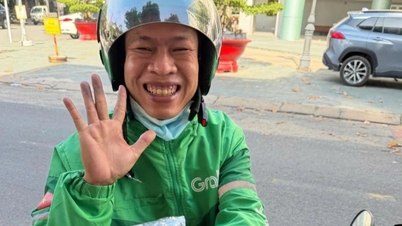
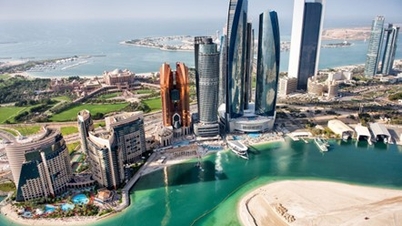

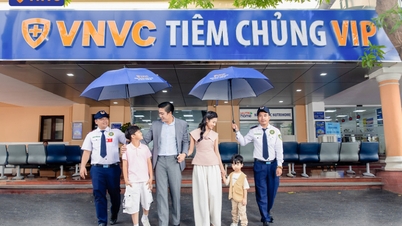




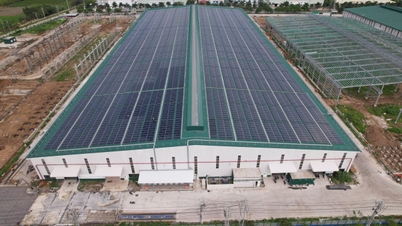





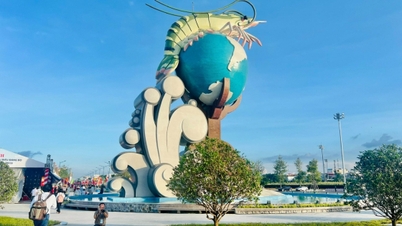

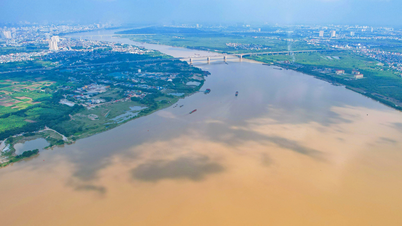




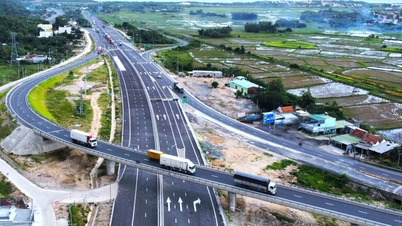
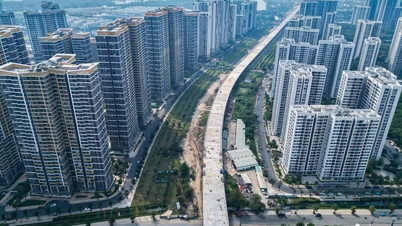
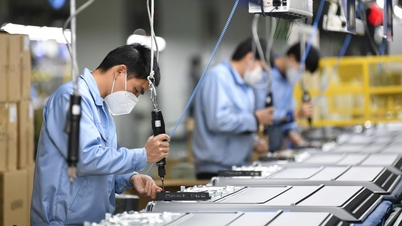




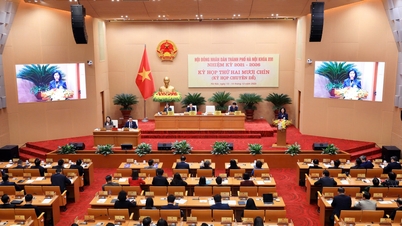

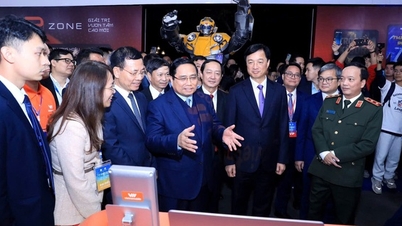

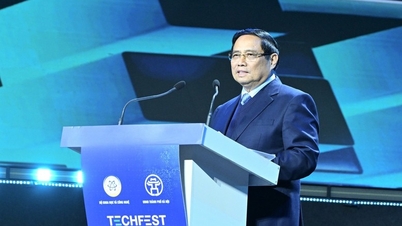
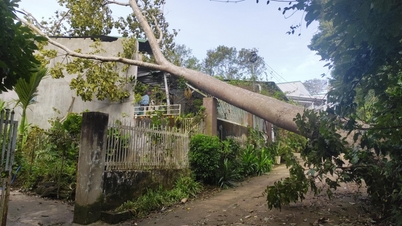

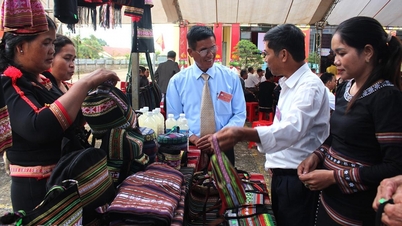
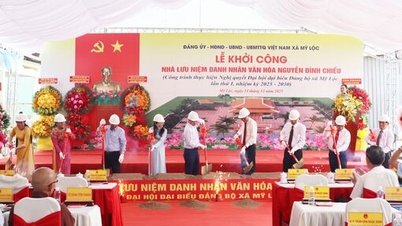

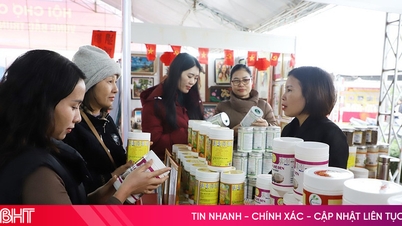

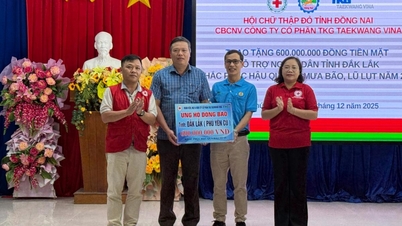
















Comment (0)